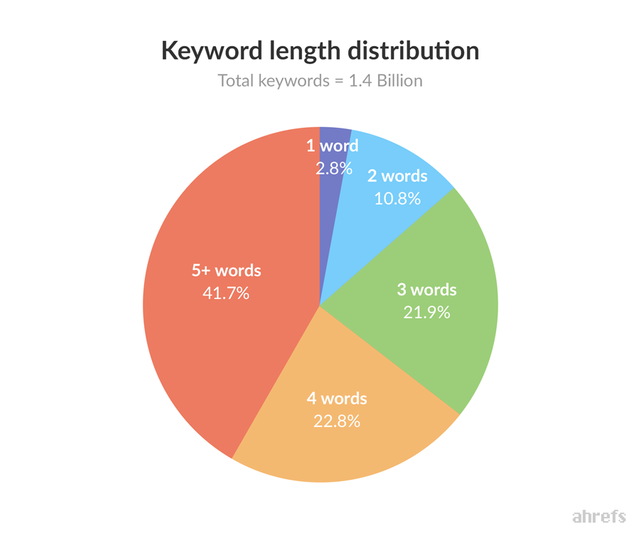At the point when inbound promoting was on the ascent in 2006, web indexes were the essential way perusers found new substance. In 2017, this still remains constant.

Social, video, and informing applications now involve a decent amount of the substance scene - yet with more than 3.5 billion inquiries for every day on Google alone, look is a channel advertisers still can't stand to disregard.
Throughout the most recent ten years or somewhere in the vicinity, it feels like we've made sense of a quite standard substance recipe: distribute a vast volume of substance to target long-tail watchwords, and change over that natural activity into leads by means of gated content offers.
In any case, along these lines of contemplating content has reached a stopping point. Pursuit has changed, and it's chance substance did as well.
How Search Has Evolved
There are two major ways seek has changed as of late:
Our inquiry conduct has moved.
The innovation web indexes use to decipher and serve comes about has made strides.
We should jump into each.
How Our Search Behavior Has Changed
In 2006, seek conduct was moderately oversimplified. We wrote at web indexes with questions like, "Eateries Boston," as opposed to conversing with them conversationally.
Today, the normal pursuit inquiry goes something like, "Where is the best place to eat close me at the present time?".
Notwithstanding whether you write or utilize voice seek, longer, more-conversational questions have turned out to be standard.
In an examination led by Ahrefs of pursuit volume by watchword length, they discovered 64% of quests are four words or more. Furthermore, the ascent of conversational inquiry is just influencing this hunt to design more common.
